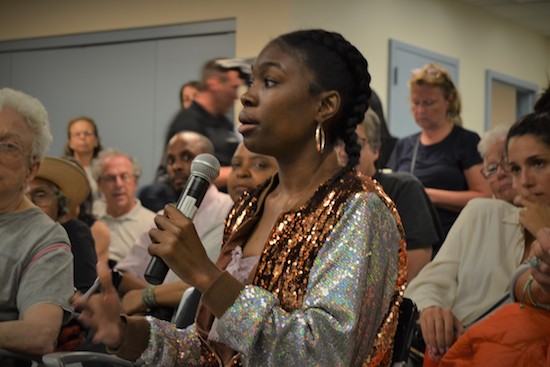
Shelter resident Shanelle Emanuel speaks at the CB7 committee meeting.
By Megan Zerez
The single women’s shelter on West 107th Street will be transitioning to serve only single men starting next month, according to a spokesperson from the city’s Department of Homeless Services.
“We are transitioning to provide shelter, services and supports to single adult men ahead of the seasonal increase in the need for shelter for single adult men as winter approaches,” wrote DHS press secretary Arianna Fishman in an emailed statement.
Historically, demand for shelter space for single adults, particularly men, spikes during the winter, according to statistics from the Coalition for the Homeless.
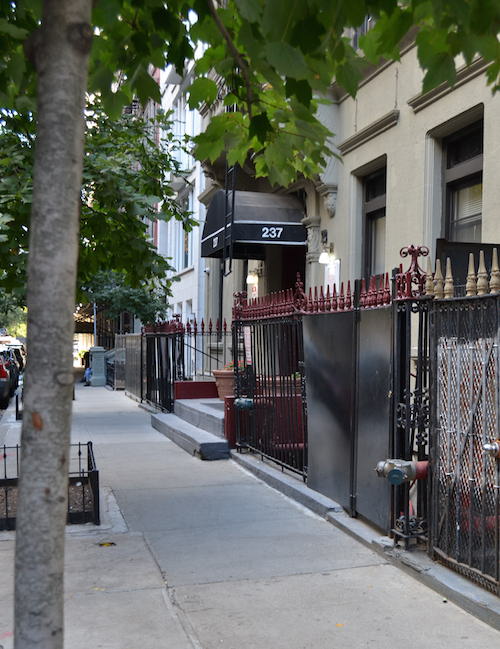
The shelter at 237 West 107th Street.
Over 60 Upper West Side residents attended Tuesday night’s meeting of Community Board 7’s Health and Human Services Committee to discuss the change.
After an hour of public comment, Board members voted unanimously to draft a resolution calling for greater transparency from the Department of Homeless Services and formally opposing the change.
A Department of Homeless Services representative did not attend the meeting. Sheldon Fine, a co-chair of the Community Board’s Health and Human Services Committee, said that the Department cancelled the planned visit earlier that afternoon.

Non-voting attendees of the meeting show their support for the resolution against the men’s shelter.
Fine said that the Community Board had learned of the plan to transition the shelter only recently, via a phone call from the district manager.
“The [call] was not really an informational thing, it was just ‘this is going to happen,’” Fine said. “We didn’t have a letter explaining anything, there was no consultation.”
Connie Sanchez, who has lived on West 107th Street since 1970, said she’d go further.
“We’re going to fight it,” Sanchez said. “That’s the message to send to [DHS.] ‘This is going to happen?’ I don’t think so.”
Jonathan Lawrence, of West 109th Street, said he worried the Community Board might be leaping to conclusions.
“This is a meeting out of panic, we barely have any information to even go off,” Lawrence said to the board, before he was interrupted.

UWS resident Jonathan Lawrence speaks at CB7 committee.
Multiple residents raised concerns that the men’s shelter could result in changes to shelter operation as well as an increase in the number of total beds from 120 to 180.
But according to an emailed statement from the Department of Homeless Services, the shelter’s operation will remain much the same through the transition.
“Not-for-profit social service provider partner HELP-USA will continue providing social services at this location for 120 individuals experiencing homelessness as they get back on their feet,” Fishman wrote.
Many residents, like Evelyn Lanoix, said they liked the shelter as-is.
“The community is working so well together with the women, the women are working with us, my mother’s employed one of the women on the block, it’s a wonderful thing,” Lanoix said. “Since this city has such a huge homeless issue, why would they take away something that works?”
Lanoix said that shelter resident Avril Bennett helps her mother Kathy Lanoix with day to day tasks as a caretaker.
“I don’t think Avril would still be able to come if the shelter went away,” Lanoix said.
Fishman said that DHS will be working to relocate the residents.
“All current clients either transition to permanent housing or alternative shelter locations,” Fishman wrote. “No individuals are being displaced, period.”
One shelter resident, Shanelle Emanuel, attended the meeting seeking answers.
“My first idea was, okay, you’re going to a shelter, and I was very afraid,” Emanuel said. “And I get there and I’m like, it’s okay. It’s a nice neighborhood. I feel safe here. It’s comfortable and clean. I’m in school and I can focus because I don’t have to worry about being in a dangerous situation.”
Emanuel said that shelter residents had only been informed last week, during a meeting. She said many shelter residents are worried about where they’ll go next month.
“You’re just taking that away, when you feel you finally feel at home, like, okay, I belong some way,”
A few hours before the meeting, another resident, J, was on her way to submit paperwork for her upcoming transition out of the shelter. She asked that her full name be withheld so as not to jeopardize her job as a home health aide or her move
J said she was aware of the way other residents might feel about a shelter in their neighborhood.
“People here are paying four or five thousand for a place up here,” J said. “They don’t want people sitting around the front steps. It’s just not that kind of a neighborhood and you’ve got to respect that.”
The building looks the same as all the others on West 107th Street, save for an x-ray scanner stationed just inside the doorway. There’s a taped sign instructing visitors and residents to empty the contents of their bags into large plastic trays for inspection.
Like the building, you wouldn’t be able to tell upon first glance that its residents were in the shelter system, J said.
“We’ve got a lot of home health aides, a lot of folks who work for the MTA, one girl works at the CityMD office,” J said. “We’ve got two girls who just graduated from college.”
Emmanuel Turner, a case manager at the senior center in the basement of Ascension Church, said he’s not sure how a men’s shelter would impact the neighborhood. But Turner said that the block seems to have adjusted to the shelter, despite initial opposition when it first opened.
“People here, you know, they’re nice,” Turner said. “They look out for each other.”






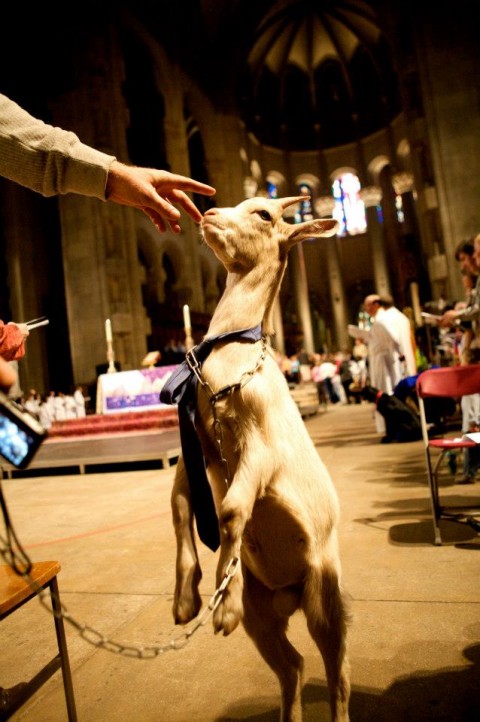
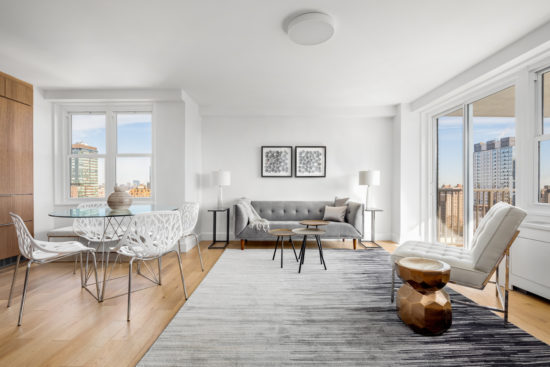
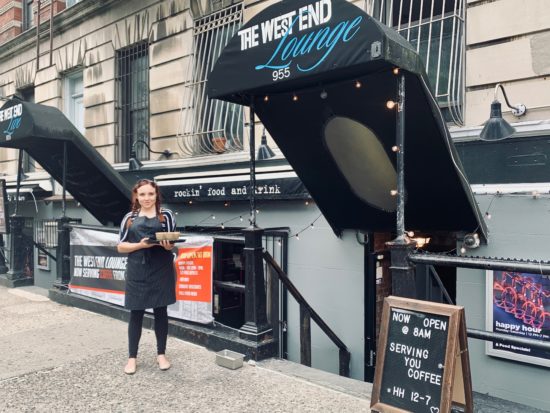
Why would DHS bother sending anyone to these meetings. They know perfectly well what reactions they would receive so why show up just to get ripped a new one? They’ll probably just proceed as if they’d heard nothing.
As a resident and neighbor of the Women’s Home on West 107th Street I cannot understand why men are taking precedent over the women who have found a safe haven in the neighborhood and why there is no plan for them.
Suzanne, I am so sorry that this is happening to you. It isn’t right. I am sorry that this city is choosing to prioritize its own needs and financial interests against the welfare and safety of citizens like yourself. You should not have to be displaced like this.
WTF is DHS thinking? There are zero shelters for just women. Women need women-only shelters because otherwise they are totally preyed upon by the men in the coed shelters. Women stay on the streets because the shelters are not safe for them. We need MORE shelters for women NOT LESS.
There are plenty of shelters for women in NYC and all over NY State
https://www.womenshelters.org/cit/ny-new_york
I think one possible reason they are doing this is because maybe the landlord can make more money off of the men (putting more of them together in the room)?
Shelters are a big profit making business.
Years ago when they got people to move out of 237 who were permanent residents by paying them $25,000 for their crummy room
they then turned the place into a shelter, where the City paid over $3,000 PER MONTH per room.
And this was a few years ago. Here is an article about that from the NYT back in 2013. https://www.nytimes.com/2013/02/09/nyregion/for-some-landlords-real-money-in-the-homeless.html
I don’t know how much they pay now but it’s outrageous that they’ll pay that for a room but not give people
apartments! Big business certainly profits off people’s misery doesn’t it. Whether it’s men or women in the shelter that’s not really the problem;
the problem is that people don’t have housing. And some disgusting capitalists make lots of money off of this, while trying to pit us against each other.
Maybe there is a new contract that some corrupt city officials made with the landlord? I wonder how much they are getting each night.
And with men they might be able to house more in each room.
going forward, when you think about the homeless, please keep this image in mind:
“We’ve got a lot of home health aides, a lot of folks who work for the MTA, one girl works at the CityMD office,” J said. “We’ve got two girls who just graduated from college.”
Are some homeless people with severe mental health and/or substance abuse problems? Of course. But a very large percentage of homeless have full time or part time jobs. 10% of NYC public school students are homeless for at least a portion of the year. Your bank teller might be homeless, or your food delivery person, or the local day care worker, or even the clerk at the subway token booth.
And, by the way, people with mental health problems and substance abuse problems need clean safe affordable shelter just as much as anyone else.